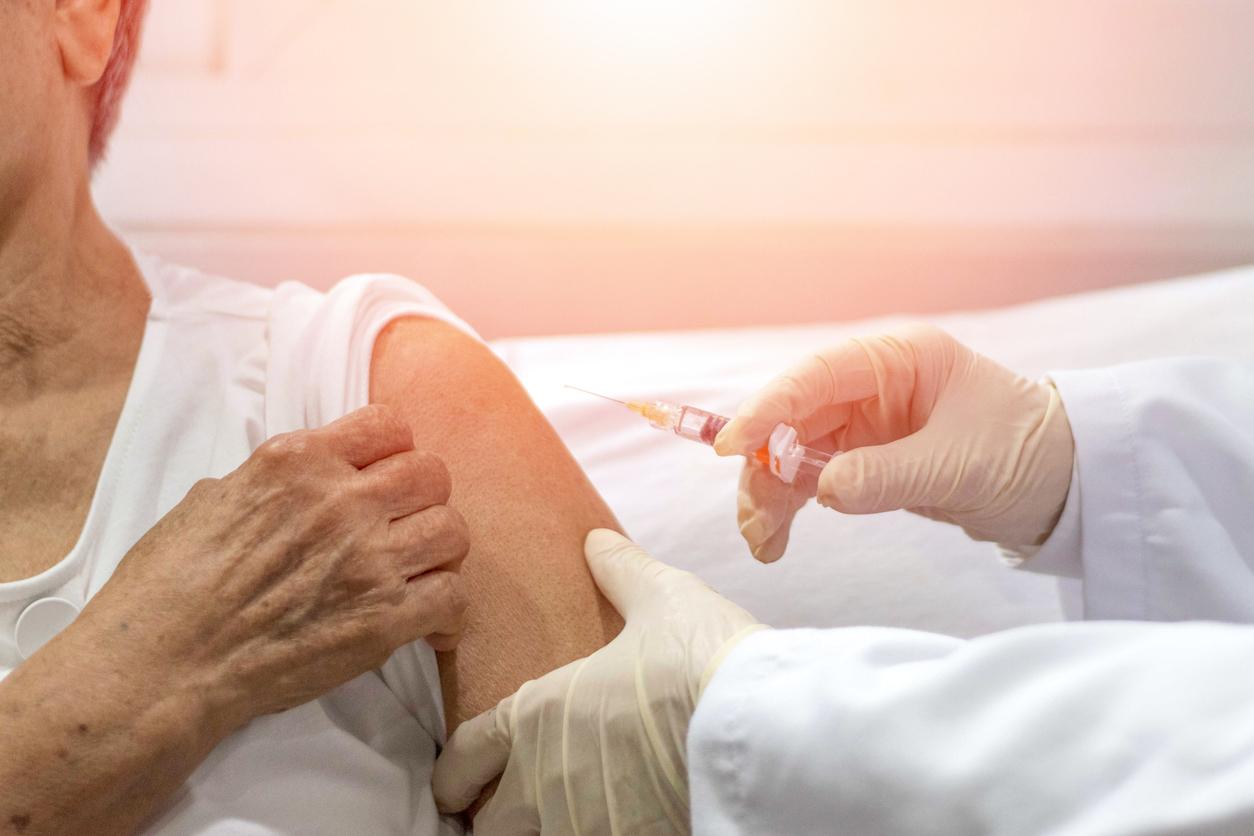While treatments have made real progress, inequalities in access to care are detrimental to the prevention of hepatitis B and C, according to an ANRS report.

Hepatitis kills 4,000 patients each year, but their management is progressing. In a report made public on May 19, the Agency for Research on AIDS and Viral Hepatitis (ANRS) and the French Association for the Study of the Liver (AFEF) provide an assessment of the care of some 50,000 people infected with hepatitis B or C virus.
Infections under control
Viral hepatitis is on the decline and better and better treated. This report, coordinated by Prof. Daniel Dhumeaux, highlights the striking progress of the molecules available. They have achieved such efficiency that the cure rate for hepatitis C virus infections reaches 90%. The treatment is short (3 months) and accompanied by few side effects. Treatments for hepatitis B, although less advanced and needed throughout life, can now control the infection. In both cases, the drugs reduce the risk of progressing to cirrhosis or hepatocellular carcinoma, which increases mortality.
In view of these successes, two objectives must be set: to treat all patients suffering from hepatitis C, and to develop research into drugs that make it possible to cure hepatitis B over a shorter period.
One in two infected people don’t know
Prevention and screening are, however, more necessary than ever. The report highlights the inequalities in the access of vulnerable populations to monitoring. Drug users, migrants from endemic areas or detained are also the least vaccinated and the least tested. This is also the main black point in the report: half of people infected with the hepatitis B or C virus ignore each other.
A delay largely due to the lack of vaccination. People at high risk (caregivers, multiple partners, drug users, etc.) are offered immunization against hepatitis B. In fact, less than one in two drug users is vaccinated, as are 60% of men in relationships. sex with men (MSM) and 88% of general practitioners. Moreover, the immunization rate fell between 2000 and 2009. The ANRS recommendation is therefore clear: “Take advantage of any contact with a doctor or a reception structure to offer vaccination to children and adolescents. and people exposed. ” And the experts drive the point home by recalling that the fears about the hepatitis vaccination are not justified.
Screen all men between 18 and 60 years old
Side screening, France is not doing much better, since a person infected with hepatitis C does not know his serological status. Treatment early, however, hepatitis can be controlled quickly, reducing the risk of contamination and complications. This is why the ANRS and AFEF strongly encourage the implementation of local screening, such as rapid diagnostic-oriented tests (TROD). The authors of the report actually recommend expanding screening to men aged 18 to 60 and pregnant women at the first antenatal visit.
Finally, the National Agency for Research on AIDS and Hepatitis as well as the French association for the study of the liver do not content themselves with issuing purely medical recommendations since social inequalities explain many of the contaminations. The authors of the report therefore clearly plead for an improvement in complementary medical health coverage, the right of residence for reasons of care, etc. In the absence of social measures, the extraordinary advances in treatment may well be tarnished.
.















